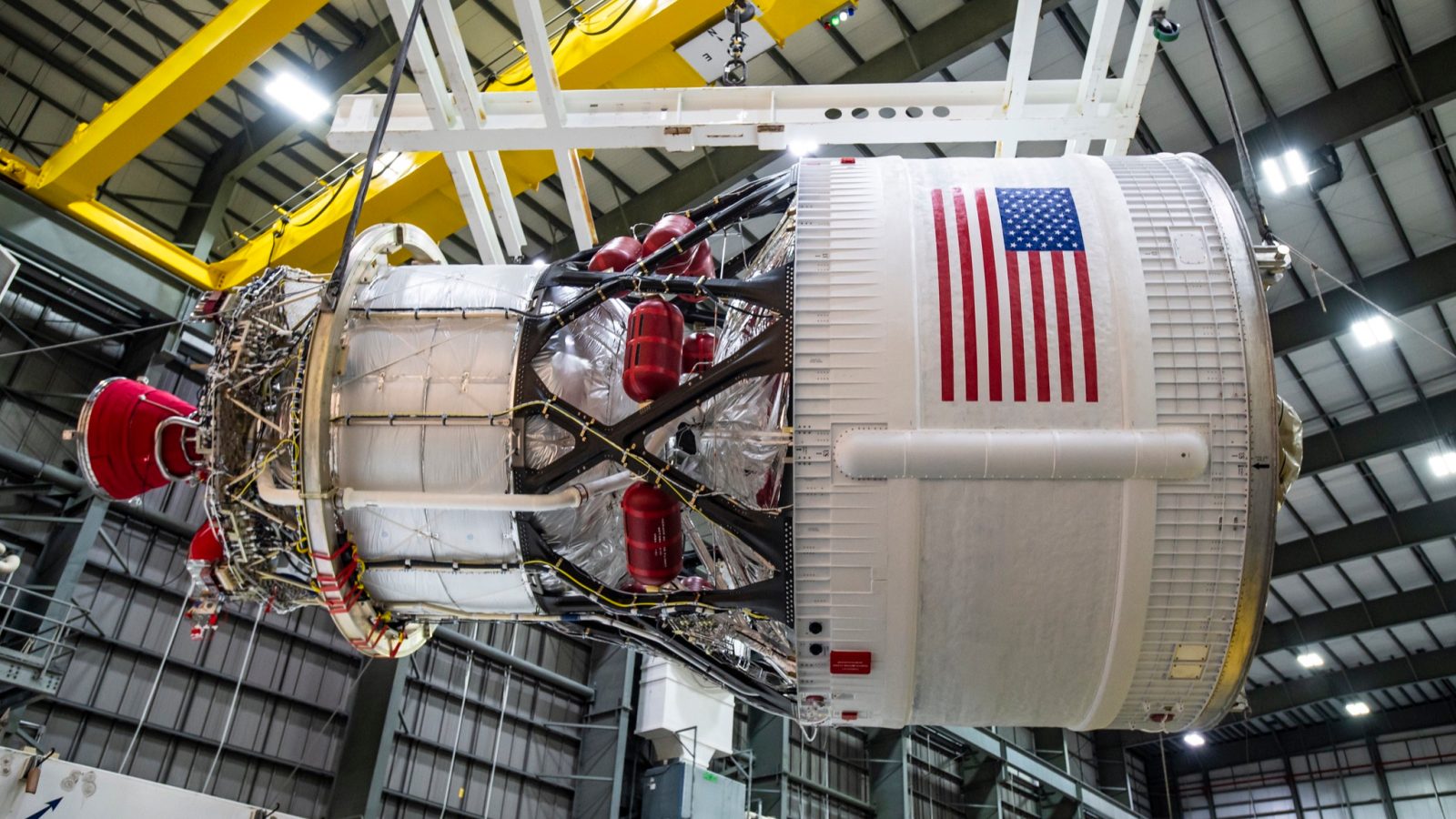
The historic RL10 rocket engine, built by Aerojet Rocketdyne, is getting a big upgrade after operating for almost six decades. Using additive manufacturing, Aerojet hopes to bring new life and increased production to the engine that helped humans first reach for the stars.
New RL10 to reduce price and increase production
This week ULA and Aerojet Rocketdyne, owned by L3Harris, celebrated the RL10 engine’s sixtieth anniversary. With it, the company announced a new version of the engine would fly on a Vulcan rocket in 2025.
The RL10C-X, cause every cool new product needs an “X” at the end, is the latest version of the RL10 that first flew back in 1962. RL10C, the current version, flies on ULA’s Atlas V rocket and soon the Vulcan rocket as the main engine for the Centaur upper stage.
the “C” variation brings cost reductions, making its rockets more competitive commercially. The RL10C-X, will bring even more cost savings and will rely “heavily on additive manufacturing,” says Jim Maus, vice president of program execution and integration at Aerojet.
Right now, the RL10C uses 3D printing for its injector plate, but the RL10C-X will use 3D printing to create the entire thrust chamber. Several other changes will come to the engine that are expected to make it more efficient.
ULA and Aerojet expect to be able to fly this engine on a future Vulcan rocket in 2025. NASA could also use the RL10C-X on the SLS‘s Exploration Upper Stage (EUS), instead of the RL10C but Maus has said the agency hasn’t decided yet.
Aerojet also plans to increase its production of the RL10 in coming years. Currently the company builds 16 a year down at its plant in West Palm Beach, Florida. Future plans will see production ramp up to as many as 40 RL10s a year to meet Atlas V, Vulcan, and Artemis demands.
Join our Discord Server: Join the community with forums and chatrooms about space! Also, directly support us via a Server Subscription!
A truly historic rocket engine
Beginning development in the 1950s, the RL10 was the first US made hydrogen and oxygen powered rocket engine. This, along with its expander cycle (allows the turbo pumps to spin without burning propellent), gave the engine immense efficiency.
It has served for 60 years almost exclusively on the various versions of the Centaur second stage on early Atlas rockets, Titans, and soon on ULA’s Vulcan rocket. It also was used on the S-IV stage (the second stage of the Saturn 1 rocket).
You’ll also find this engine on the upper stage of the Delta IV rocket. That stage was modified and is currently used as the Interim Cryogenic Propulsion Stage on NASA’s Space Launch System, until Artemis 4, when it will be replaced by the EUS.
So yeah, this rocket engine has seen a lot and for the most part, has gone unchanged from its original design. So here’s to a longer life to the RL10 engine, and many more launches.
FTC: We use income earning auto affiliate links. More.

Comments